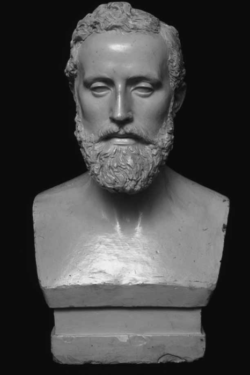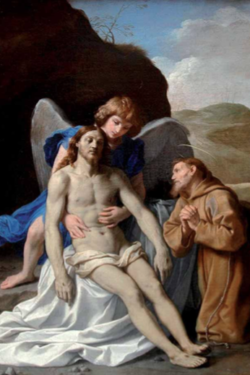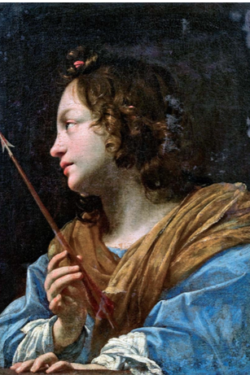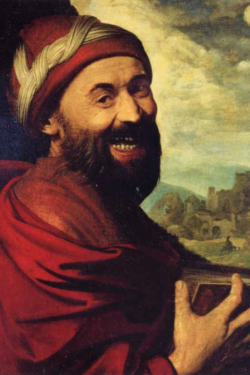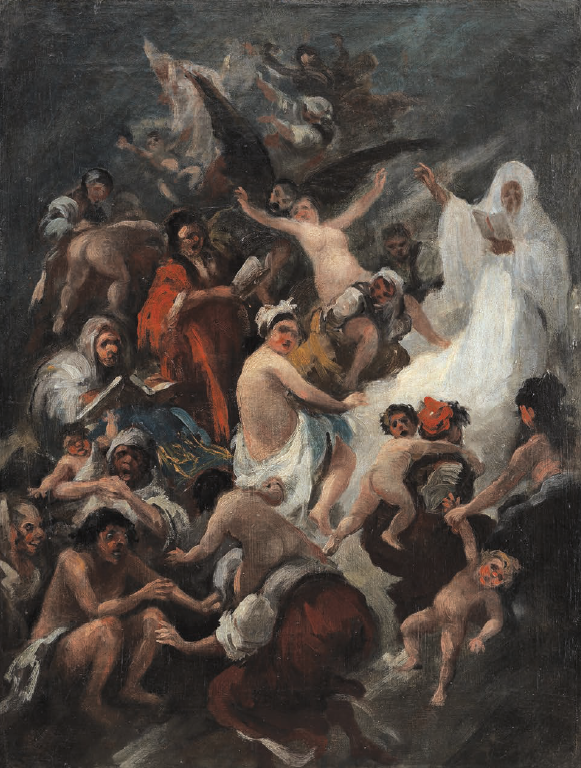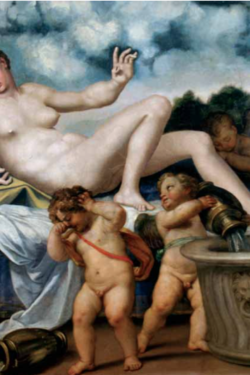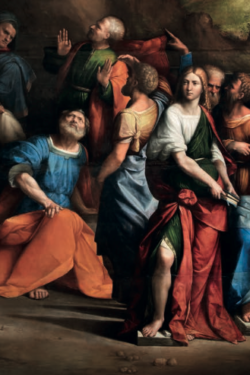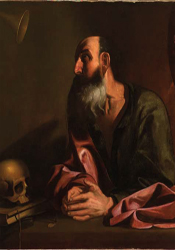Descrizione
Storia dell’arte 4, Ottobre – Dicembre 1969
Paolo Venturoli
Amico Aspertini a Gradara
After summarizing in detail the history of the criticism on the young Amico Aspertini, with particular attention to the contributions made by Roberto Longhi, Carlo Volpe, and Luigi Grassi, we shall try to reconstruct the first activity of the Bolognese painter, born in 1474, beginning with the first definitely datable signed work in his younger period, the Adoration of the Shepherds in the Museum of Berlin. Most certainly by the same hand are the two « cassoni » in the Prado showing the Rape of the Sabines and the Temperance of Scipione, and the frescoes of the third chapel to the right in Santa Maria del Popolo in Roma, the latter datable between 1489 and 1492; these would be the first paintings by Amico Aspertini in Pinturicchio’s workshop. One could thus be ventured to trace the hand of the young Aspertini, still an assistant in the Pinturicchio’s « bottega », in the Stories of Isis and Osiris, painted around 1493, in the Borgia Apartment in the Vatican. The Saint Sebastian in Washington is then identified with that painted by Aspertini for Giovanni Sforza, lord of Pesaro, listed in an inventory of 1500 as existing at Pesaro. The presence of this work by Aspertini at Pesaro at that time leads us to study the frescoes of the Castle of Gradara, where the decoration of a small room is the work of Amico, including the Planets on the vault, Allegorical Figures on the walls, and two lunettes representing the Fountain of Love and The Judgement of Paris. This room must have been painted in 1494 on the occasion of the arrival at Pesaro of Lucrezia Borgia and her husband Giovanni Sforza, to whose marriage the theme of the frescoes clearly alludes. In the same year, (1494) Aspertini can also be found at Bologna, where he could have executed the right lunette and part of the left lunette in the Bentivoglio Chapel in San Giacomo Maggiore. The Madonna and Child in Christ Church in Oxford has been attributed to Matteo Balducci however, granting Carlo Volpe’s attribution of the Madonna and Child to Aspertini, and verifying the critical reconstruction of the work and personality of Matteo Balducci, it can be confirmed as Fiorenzo Canuti said in one of his writings in 1929 — that Mateo Balducci, a pupil of Pinturicchio, never existed as a painter; this is only a conventional name for a series of Pinturicchiesque works, fairly certainly executed by various artists at Siena. In fact, there appear works of Amico Aspertini in the catalogue of Matteo Balducci: a Bacchanal in the museum of Gubbio, four figures of Virtues in the Pinacoteca of Siena, an octagon with Flight of Clelia in the Carrara Academy in Bergamo, and a painting of Apollo and a Muse, formerly in the Loeser Collection in Florence. The presence of works of Aspertini at Siena and the undeniable relationships which tie certain of his works with Sienese painting of the late Quattrocento, leads us also to the attribution to the young Amico of the ceiling from the palace of Pandolfo Petrucci, preserved today in the Metropolitan Museum of New York, for which a date around 1495 is suggested.
In the first half of 1496 Aspertini is again present in Rome, for the execution of the two fronts, now lost, of the organ of St. Peter’s, showing the Martyrdom of the Apostles Peter and Paul and the History of Simon Mago, as some documents published by Betoletti and by Müntz would seem to indicate. What the style of the lost fronts of the organ must be reflected in the two « cassoni » in the Prado and in the Nativity in Berlin, which could thus be dated around 1496. Aspertini must have then soon returned to Bologna; this seems to be evidenced by the Bolognese origin of the Nativity in Berlin, and by the frontal of the Marescotti Chapel in San Martino Maggiore at Bologna, with the Entombment, which shows a first encounter with Emilian painting. The approach toward the style of Ercole de’ Roberti, Lorenzo Costa and Marmitta is even more evident in other frescoes from the Castle of Gradara, here published for the first time: a monochrome frieze with Stories of the Passion and some fragments preserved in the « Loggia » of the courtyard (a great Battle, a figure of an Emperor, a tympanum, and a group of Musicians and Singers). Concerning the date of these frescoes, considered later that the lost organ fronts of St. Peter’s in 1496, a certain ante quem is proposed in a Madonna and Child, a fresco detached from its original position at St. Adrian’s in Rome and now lost, in all probability datable in 1499.
A « Note on Jacopo Ripanda and the young Baldassarre Peruzzi » thus follows, where, after taking into account all the varying opinions of the critics, we can consider works of Jacopo Ripanda only the fragmentary frescoes in the Sala dei Fasti in the Campidoglio and the Codex with copies of Trajan’s Columm in the Library of the Palazzo Venezia in Roma. Instead the frescoes in the courtyard of the fortress of Civita Castellana, the frescoes of San Pietro in Montorio and of Sant’Onofrio, the decoration of the Sala di Annibale in Campidoglio, the mosaics of Santa Croce in Gerusalemme, the vault of the Stanza di Eliodoro in the Vatican and the decoration of the great staircase of the Castle of Ostia, are considered works of Baldassarre Peruzzi. Finally it is proposed to attribute to the young Peruzzi the two frescoes, now detached, originally from the convent of Sant’Antonio in Milan, preserved in the Museo del Castello Sforzesco.

